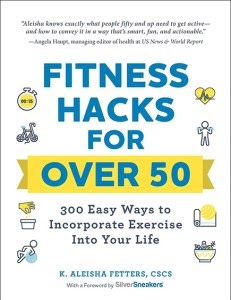How long can you hold a plank? Three minutes? Five? (The current record is five hours, 15 minutes, and 15 seconds, by the way.)
Whatever your number, you probably shouldn’t brag about it too much. While planks are awesome for building core strength and stability, if you do them right (ahem, use RKC plank form), you shouldn’t need to hang out in them for minutes or hours on end, says Boston-based strength coach Tony Gentilcore, C.S.C.S. Another way to put it: If you are able to hold a plank for very long, you’re probably using pretty bad form.
RELATED: What Gets You Rock-Hard Abs Faster: Crunches or Planks?
The solution: the RKC plank. It starts off like your everyday version, but you crank up the intensity by maximizing the amount of tension in your body.
By doing so, you achieve a few things. First and foremost, you improve your results. Gentilcore explains that the RKC plank increases recruitment of core muscles—ranging from the deep-lying transverse abdominis to the back’s erector spinae to the almighty rectus abdominis “six pack”—to help them get stronger, faster.
After all, that’s why you’re doing planks in the first place, right? And, if you haven’t guessed, keeping everything contracted during an RKC plank strengthens your entire body, too. “You’re teaching your body how to produce and maintain tension and act as one cohesive unit, which is vital to performance at exercises ranging from pull-ups and push-ups to squats and deadlifts,” says Baltimore-based trainer Erica Suter, C.S.C.S.
All muscle benefits aside, holding a plank this way also protects your low back. “Unless you are actively extending your hips by contracting your glutes, the lower back sags, increasing the risk of muscle compensations and putting excess stress on the lumbar spine and its surrounding structures,” Suter says.
RELATED: Exercises for Back-Pain Relief
The RKC Plank: Hold It Real Good
Start with 5-second RKC plank pulses. Hold the RKC plank for 5 seconds, lower your body onto your knees, and then repeat for a total of 3 to 4 holds. Gradually work up to 10-second pulses. Sound good? Here’s how to do the RKC plank with proper form:
- Lie face down on the floor and prop your torso up on your forearms so that your shoulders are directly above your elbows and your feet are close together.
- Clench your hands into fists, lock your knees, squeeze your glutes together, and push your forearms into the floor to extend your upper back toward the ceiling. Keep your gaze focused down between your forearms. Your body should form a straight line from head to heels.
- To increase tension further, try to touch your elbows and toes together without moving them. Focus on pulling your torso toward your feet and your feet toward your torso. Your body should feel tight.
- Take slow, deep breaths, breathing in and out through your nose. Keep your mouth closed and your tongue pressed up against the roof of your mouth.
- Hold, squeezing every muscle.
RELATED: 3 Things That You Didn’t Know About Your Core
Fitness Hacks Over 50
Want to expert form tips on loads more exercises? Want to strengthen up while keeping your back, and joints, in tip-top shape? Feel your best with Fitness Hacks for Over 50!
